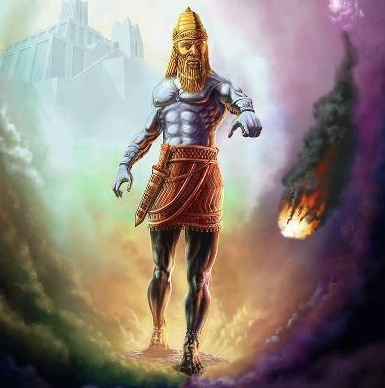
Last week we concluded our analysis of the Council of Sardica in 343 A.D., as well as the correspondence leading up to it. As we noted, the council recognized Roman metropolitanism, but not Roman primacy. It is true that bishop Hosius said that those who choose to appeal in Rome should submit their appeal through Julius, the metropolitan bishop there. But he also said that any metropolitan in any metropolis in any province could handle appeals as well. The venue for appeal was up to the accused (Sardica, Canon 5), “[b]ut those who come to Rome ought” to appeal through Julius in memory of Peter (Sardica, Canon 9). Hosius’ particular reference to Rome was not because of Roman primacy but rather due to the fact that he had been commissioned to review the facts of the case, and the facts of the case included Athanasius’ appeal to Julius in Rome. When the facts of the case were related to an appeal to Alexandria (as in Canon 14), the deposed clergyman was “to take refuge with the bishop of the metropolis” in his province without demanding a resolution “in advance of the decision of his case.” Likewise, the deposing bishop was not to “take it ill that examination of the case be made, and his decision confirmed or revised.” Whether the matter related to Athanasius’ deposition, or Ischyras’ deposition, Constantine’s rules of appeal were to be followed. Instead of advancing the case of Roman primacy, bishop Hosius had rather codified the primacy of the Constantinian appeals process that widely expanded access to justice and minimized direct appeals to the Imperial Court, while keeping his court open as the final venue of appeal. Even the court in Rome was required by Sardica to compile its findings and “send them to the Court” of the Emperor for ratification (Sardica, Canon 9). Continue reading Anatomy of A Deception (part 4)
 Follow
Follow
















